- Tibet has a large amount of hydropower resources, among which the main stream of the Yarlung Zangbo River is the most abundant
- In the future, the Yarlung Zangbo River hydropower development and commissioning will optimize China’s energy structure
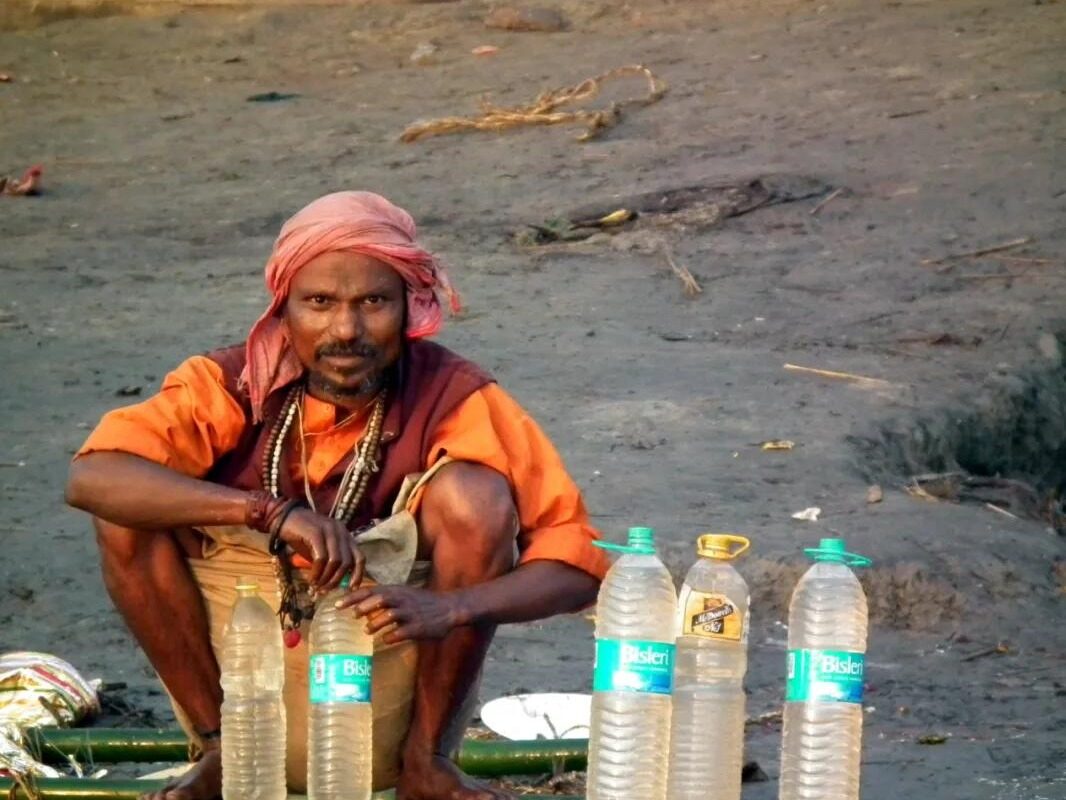
In 2020, in the 14th Five-Year Plan, China proposed the implementation of a hydropower development plan on the lower reaches of the Brahmaputra River. India was panicked when it heard it, clamoring to China that it threatened their water safety, and even proposed to build dams in the country as a countermeasure. Why is a good water conservancy project in China abruptly said to be a water conservancy weapon? So, what does the Yarlung Zangbo River’s water conservancy development mean to China? Why does India frequently block it?
China's largest hydropower project
The Yarlung Zangbo River is the longest plateau river in China and one of the highest rivers in the world. It originates from the northern foothills of the Himalayas in southwestern Tibet. Due to its high terrain, large drops, and abundant water energy, it is second only to China. Yangtze.
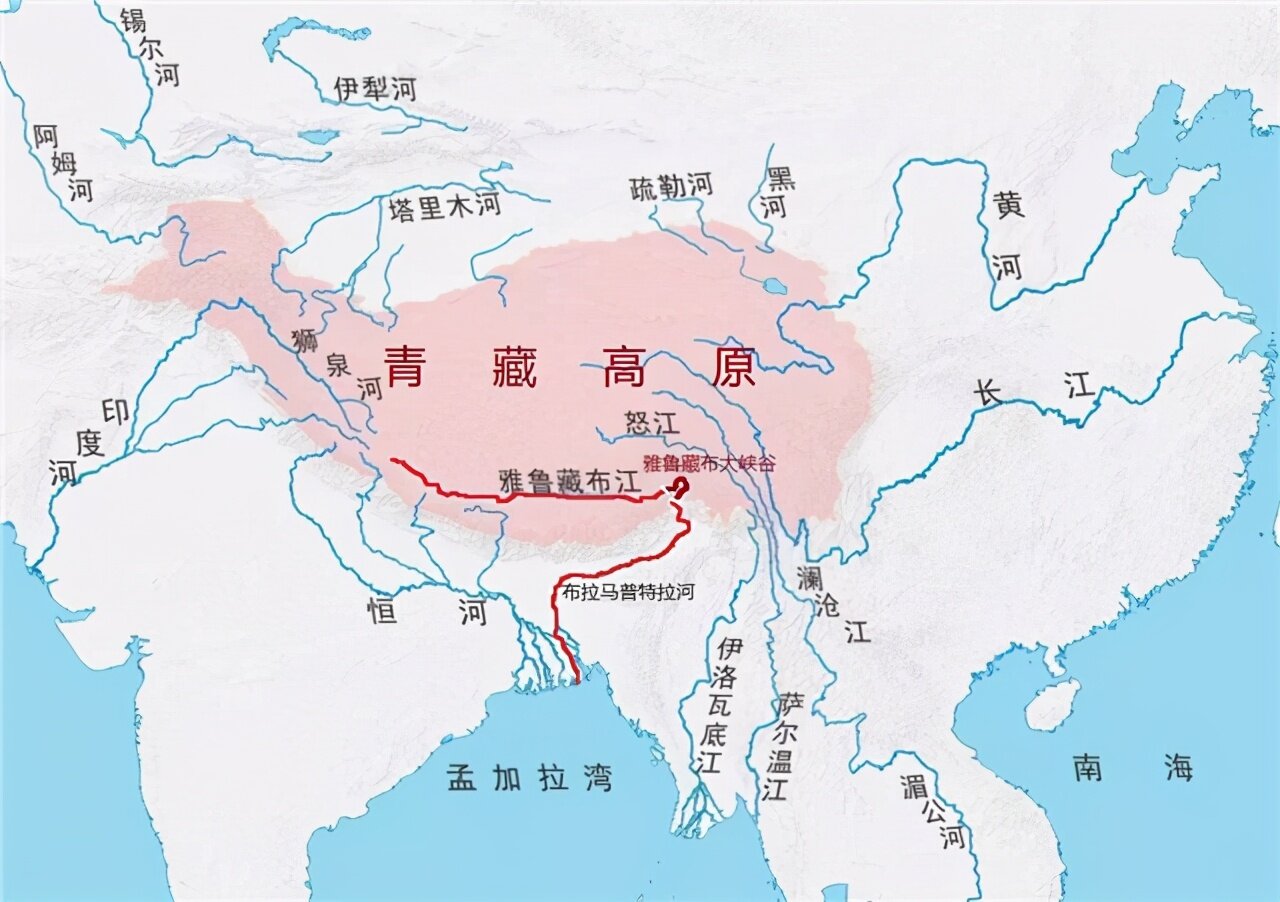
It is reported that the upper reaches of the Yarlung Zangbo River is known as the Maquan River, which runs through southern Tibet from west to east, flows through Milin and then cuts through the Himalayas north of Medog, from Nanga Bawa Peak to the south, and from Basika out of China. The line of control passed through southern Tibet and then flowed into India. It was renamed the Brahmaputra River. It then entered Bangladesh and merged with the Ganges, and finally injected into the Bay of Bengal, forming the largest delta in the world.
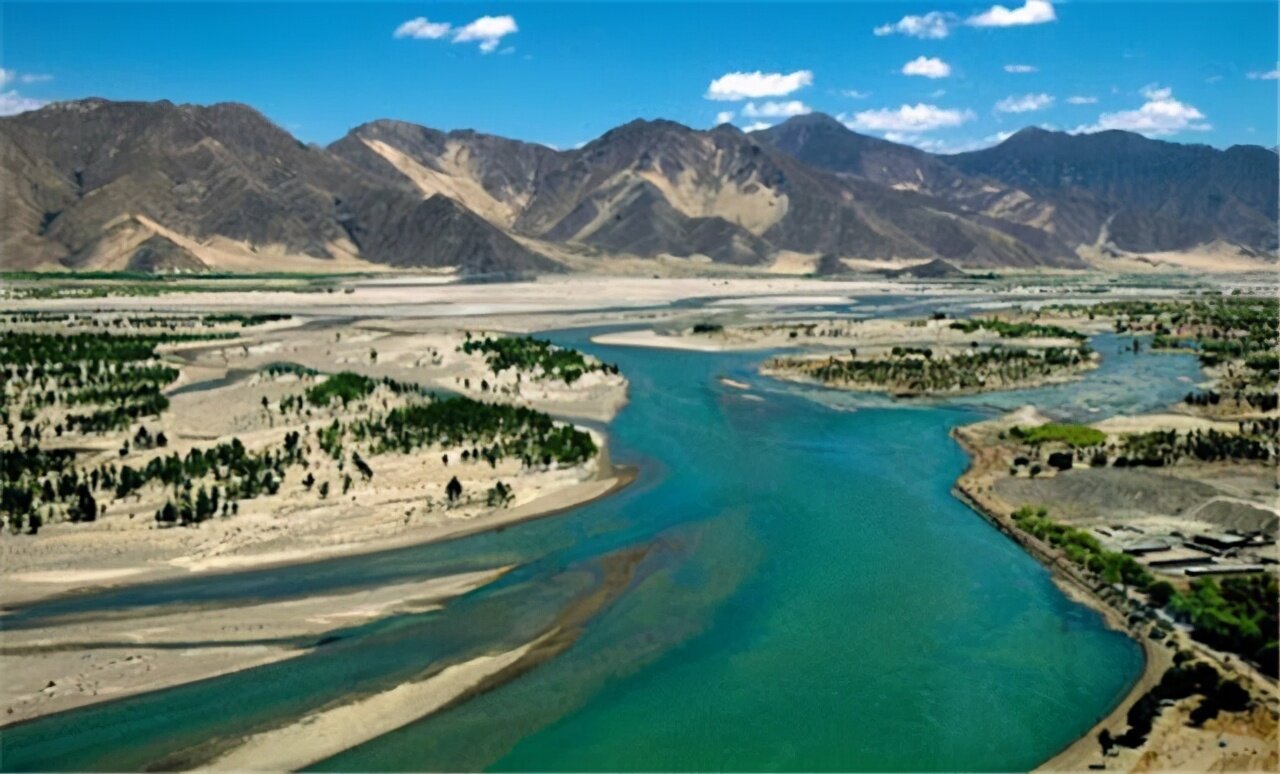
It is not a day or two for China to build a hydropower station here. This is a natural treasure house. It is impossible for any country to turn a blind eye to the huge water energy brought by the high drop. China's hydropower resources are more than 676 million kilowatts, the largest in the world, and Tibet's hydropower resources are about 200 million kilowatts, accounting for 30% of the entire China, and it is the first in all provinces and municipalities. Among them, the main stream of the Yarlung Zangbo River has the most abundant hydropower resources, with a theoretical reserve of nearly 80 million kilowatts, and the downstream large bend area is the world's most abundant hydropower.
Within a straight line distance of just 50 kilometers, a drop of two kilometers was formed, bringing together nearly 70 million kilowatts of technologically developable resources. It should be understood that the installed capacity of the Three Gorges Hydropower Station is only 22.5 million kilowatts, which is equivalent in scale. Three Three Gorges Hydropower Stations. Then why did China not start construction in the early years? This is mainly because it is too difficult to build a power station on the Yarlung Zangbo River.
The project is difficult
First of all, the high drop does mean abundant water energy, but at the same time, the high drop also means that the terrain here is dangerous. The Yarlung Zangbo River Basin has many mountains and high altitude differences. As we all know, the Three Gorges Dam is located between two rugged mountains. The left and right sides of the mountain are asymmetrical. Coupled with the turbulent water flow and the extremely high speed, it encountered many technical problems at that time. Compared with the Yarlung Zangbo water conservancy project However, the technical difficulties encountered in the construction of the Three Gorges Dam are obviously not enough.
At the same time, geological issues are also key considerations for the Yarlung Zangbo River water conservancy project. The Yarlung Zangbo River Basin is located at the junction of the Indian Ocean plate and the Asia-Europe plate. Compared with inland areas, the geological structure is not stable and requires higher technical requirements. Development can only be carried out after careful investigation and demonstration and sufficient assurance.
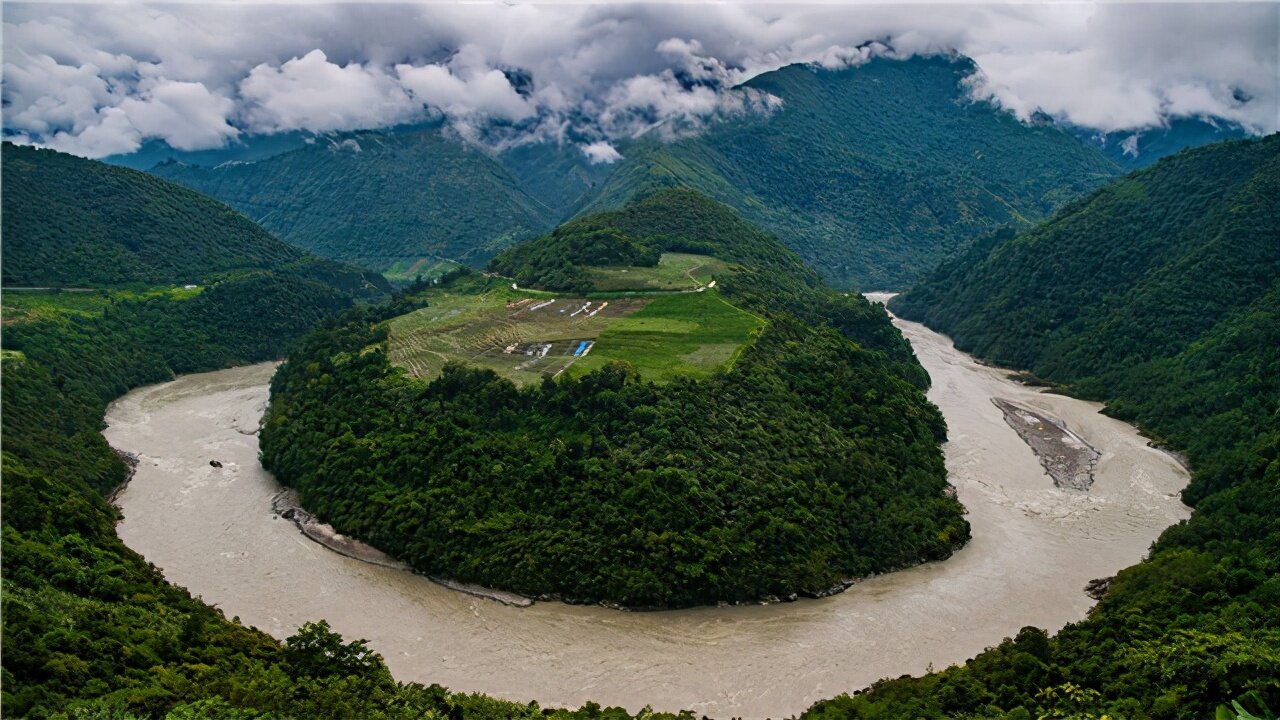
Secondly, inconvenient transportation in the Yarlung Zangbo River Basin is also one of the difficulties faced by construction. This not only brings huge troubles to the transportation of building materials, but also a challenge to the construction of power transmission equipment.
Finally, the construction process is bound to bring environmental pollution problems. The development of the Yarlung Zangbo River is to optimize the energy structure and move towards a green and sustainable development direction. If the environment is polluted by the construction of water conservancy facilities in the end, it will be put the cart before the horse, and the gain will not be worth the gain.
Although the specific construction plan has not yet been announced, in China’s 14th Five-Year Plan, the development of hydropower on the lower reaches of the Yarlung Zangbo River has been emphasized. In planning, China's words must be followed, and actions must be resolute. I believe that between 2021-2025, engineers will come up with reliable and feasible concrete plans, and the Yarlung Zangbo River hydropower development will definitely be formally implemented.
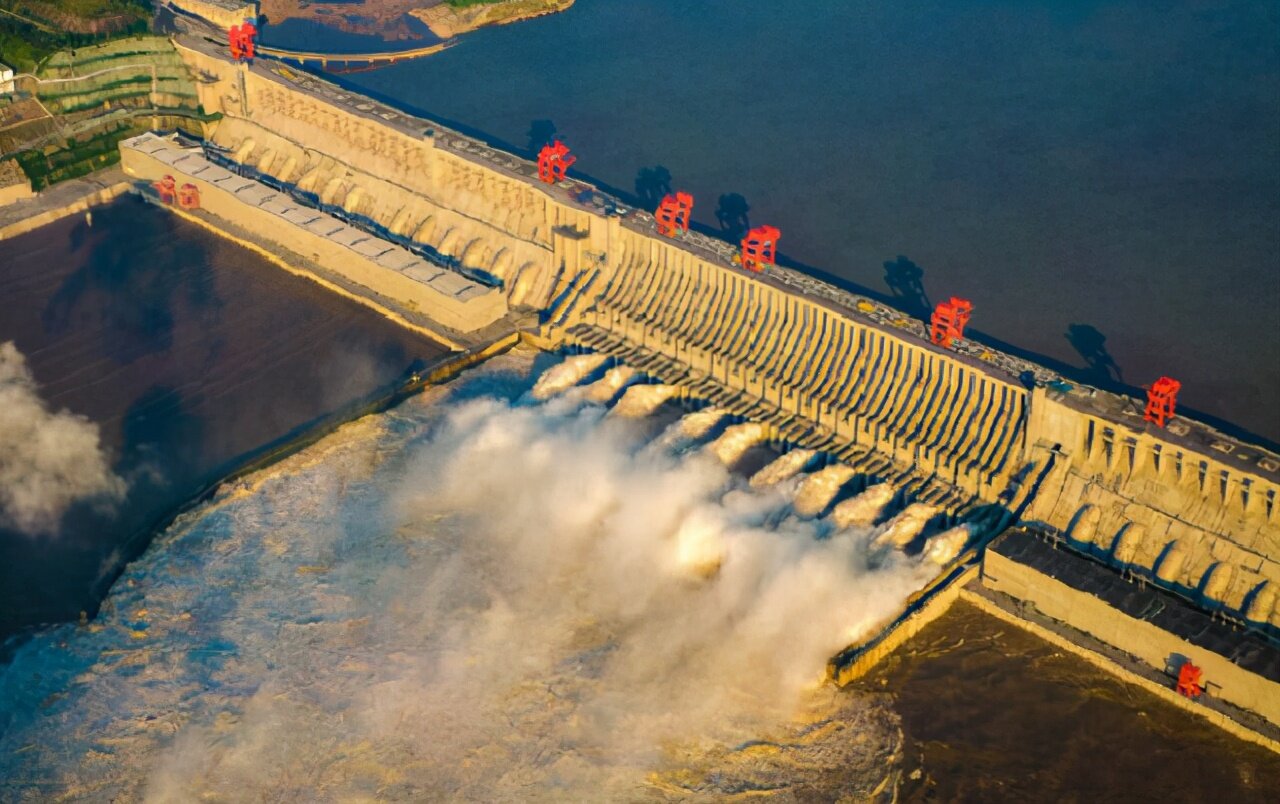
Since it is a hydropower development, its first purpose is to generate electricity. At present, the Three Gorges Hydropower Station is still the world’s largest hydropower project and has set multiple world records. It is called a miracle in infrastructure projects, and the Yarlung Zangbo Hydropower Station to be built is It is a more ambitious project than the Three Gorges Dam. After its completion, the power generation will be equivalent to three Three Gorges power stations. This is of great significance for China to optimize its energy structure and ensure the safety of power supply.
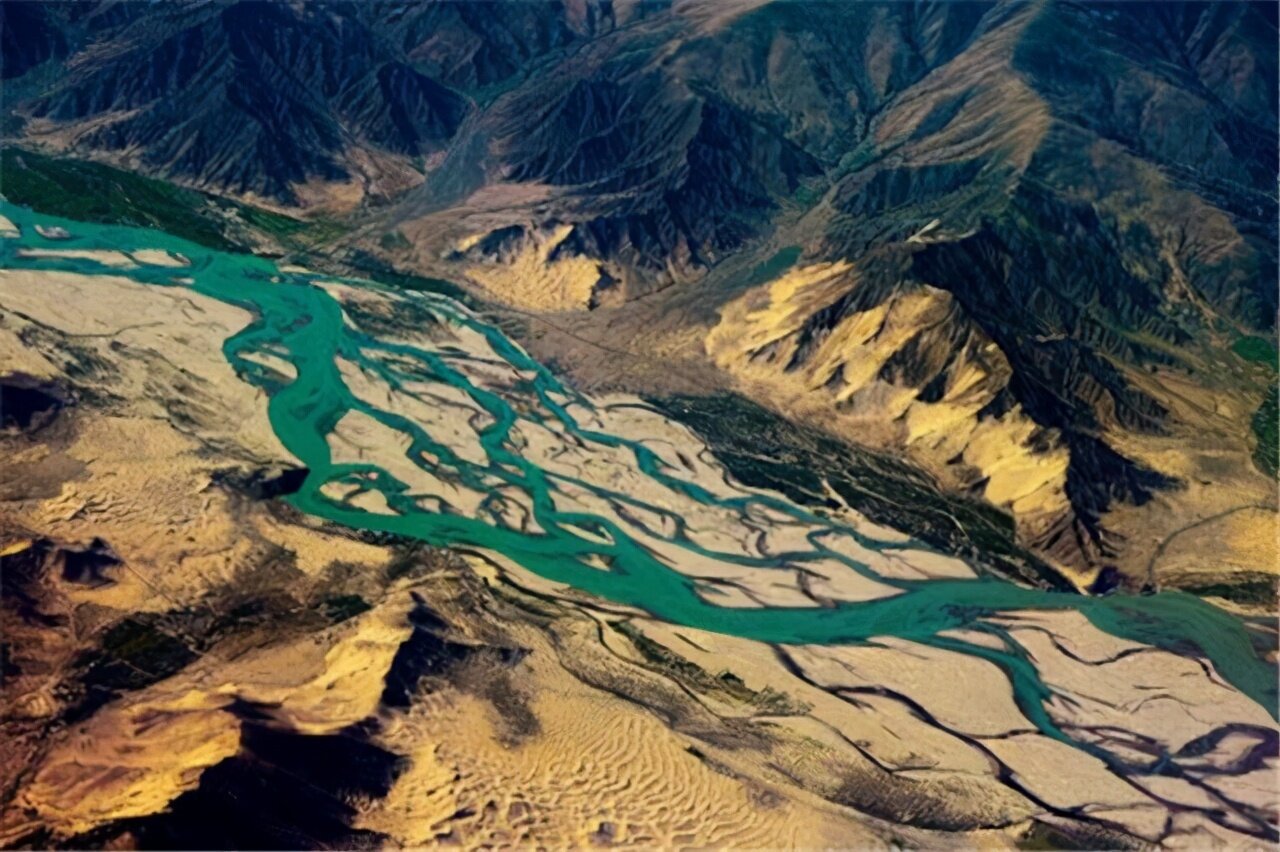
In terms of ecology, people in the domestic hydropower industry generally believe that this is a historical opportunity. China is a populous country, coupled with the needs of industrial development, carbon emissions have always been high. Based on national conditions, China stated that its carbon dioxide will reach its peak by 2030 and strive to achieve carbon neutrality by 2060. In this vision, the Yarlung Zangbo River Hydropower development is very important. After all, once completed, it will be worth the three Gorges. It will further increase the proportion of clean energy in China's energy structure and make a huge contribution to carbon neutrality.
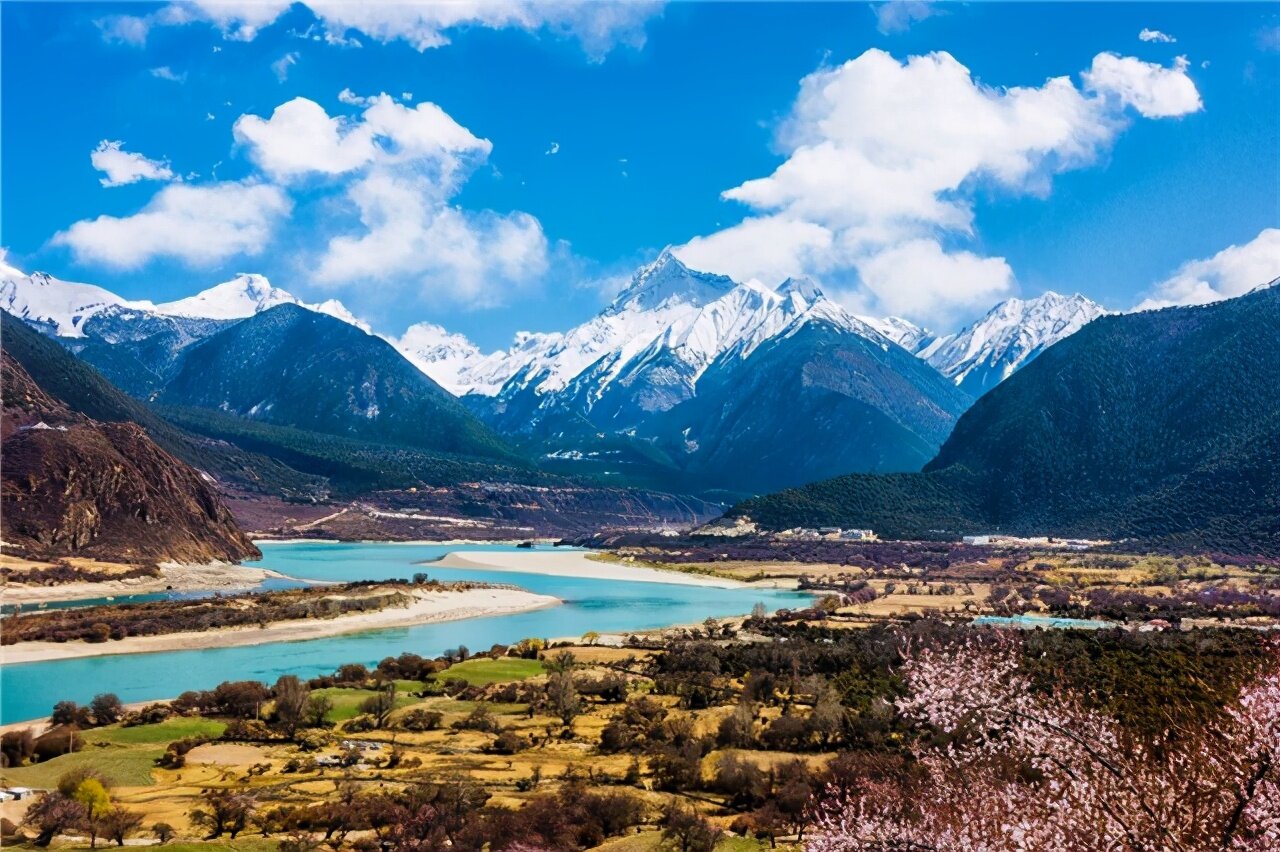
At the same time, the Yarlung Zangbo River hydropower development is also a livelihood project. According to expert estimates, after the hydropower station is put into operation, it can bring more than 20 billion yuan in fiscal revenue to Tibet every year. This is undoubtedly good news for the Tibetan compatriots. At that time, the Chinese region The problem of uneven development can also be significantly alleviated.
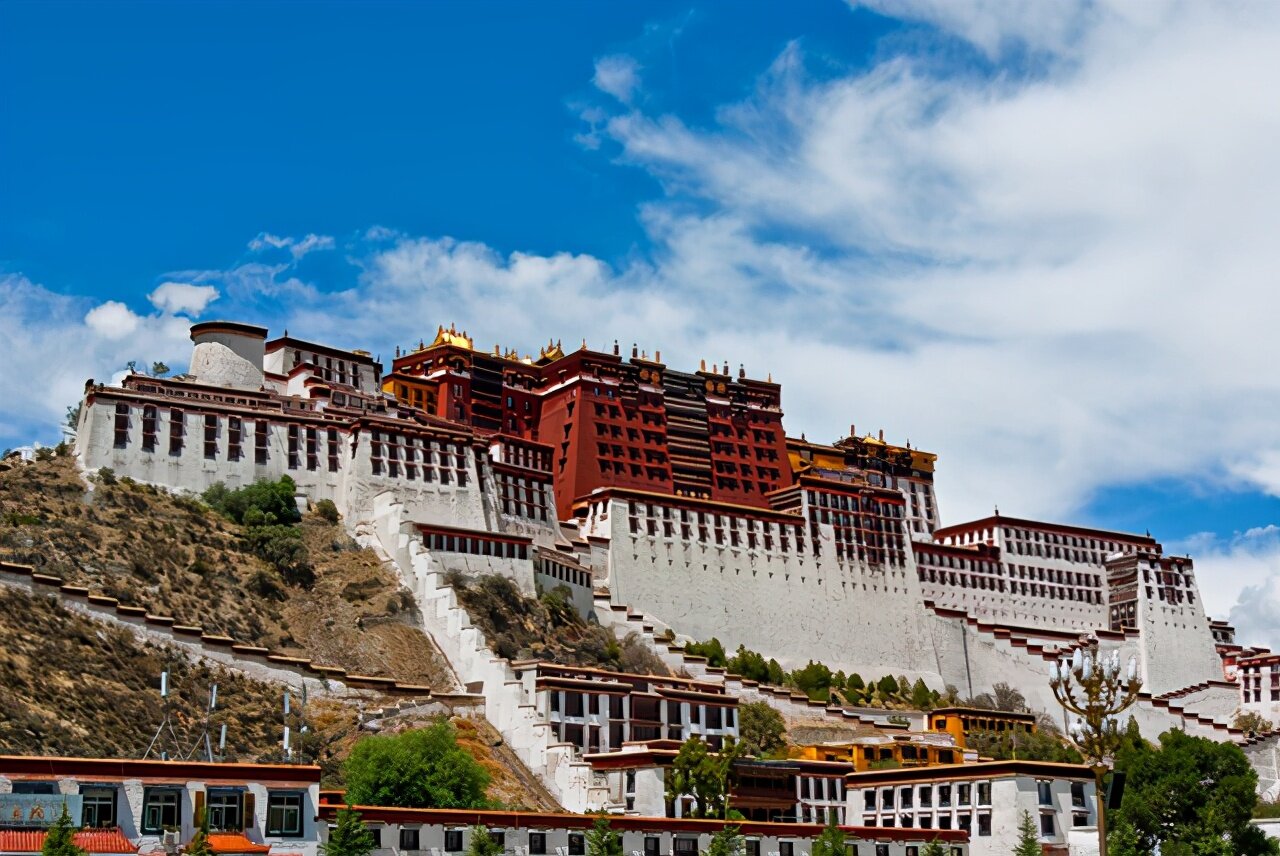
In short, the development of hydropower on the Yarlung Zangbo River is a great project related to the well-being of the people. After completion, the hydropower station here will become the second largest hydropower station in the world after the Congo Inga Super Waterfall Hydropower Station (under construction), and in front of it, The Zangmu Hydropower Station built earlier in Ghacha County, Tibet, is nothing short of a big deal.
Why does India jump in opposition?
Some are happy and some are worried. After China wrote the Yarlung Zangbo River hydropower development into the 14th Five-Year Plan, India became unhappy and jumped out to claim that China threatened India’s water safety. It continued to find faults based on the topic, and even planned to build a hydropower station on the Brahmaputra River. , As a means of checks and balances.
So will China's hydropower development on the Yarlung Zangbo River affect India? From the perspective of topography alone, if China develops hydropower and stores water on the Yarlung Zangbo River for power generation, it will inevitably have an impact on the downstream basin. But the question is, how big is this impact, whether it is good or bad?
The first thing to be clear is that when the Yarlung Zangbo River is stored for power generation, the flow of the Brahmaputra River will indeed decrease slightly during certain periods of time. Therefore, the Indian media use this to exaggerate China's threat to India's water security. But what we need to understand is that India is located in the monsoon region of South Asia. The domestic climate is dominated by tropical monsoon climate. The year can be divided into dry season and rainy season. This huge difference in seasonal precipitation has caused frequent droughts and floods in India.
In addition to generating electricity, water conservancy facilities can also adjust flood peaks. In the rainy season in India, intercepting the Yarlung Zangbo River will reduce the pressure of floods in India. In dry seasons, water can be released by opening gates to alleviate the water problem of coastal residents. This is a good thing for India.
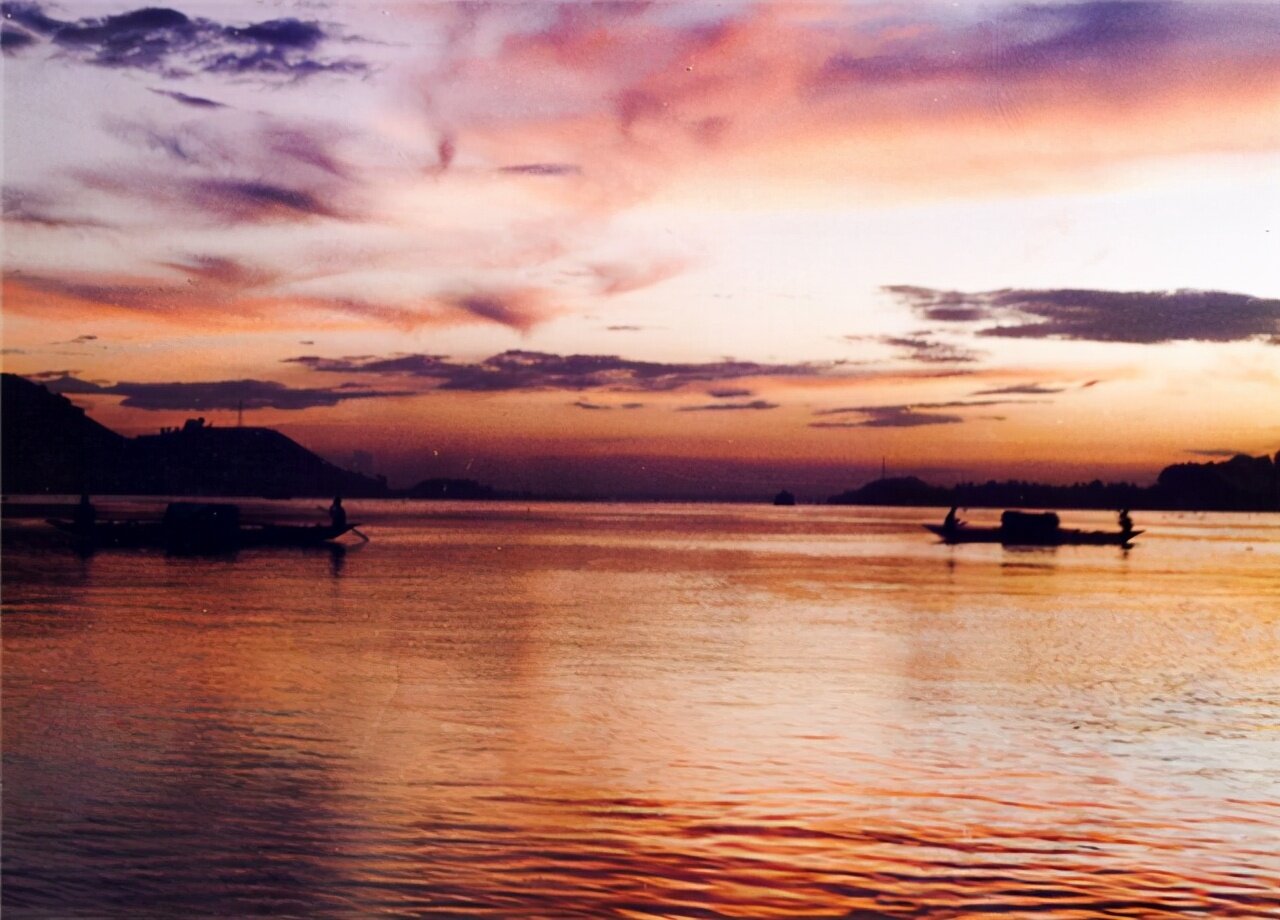
So why is India so dissatisfied with China's hydropower development on the Yarlung Zangbo River? This has to mention India's inexplicable sense of superiority and unrealistic dream of being a great power.
It is precisely because of this that no matter what China does, they don’t look pleasing to the eye. If China’s actions remind them of themselves, they will immediately come up with conspiracy theories one after another, saying that India treats it like a villain. The belly of a gentleman is not excessive at all. China has always taken a responsible attitude towards the development and utilization of cross-border rivers and implemented a policy of simultaneous development and protection. Any project will be planned and demonstrated, and the impact on downstream areas will be fully considered, and the interests of upstream and downstream will be taken into account.
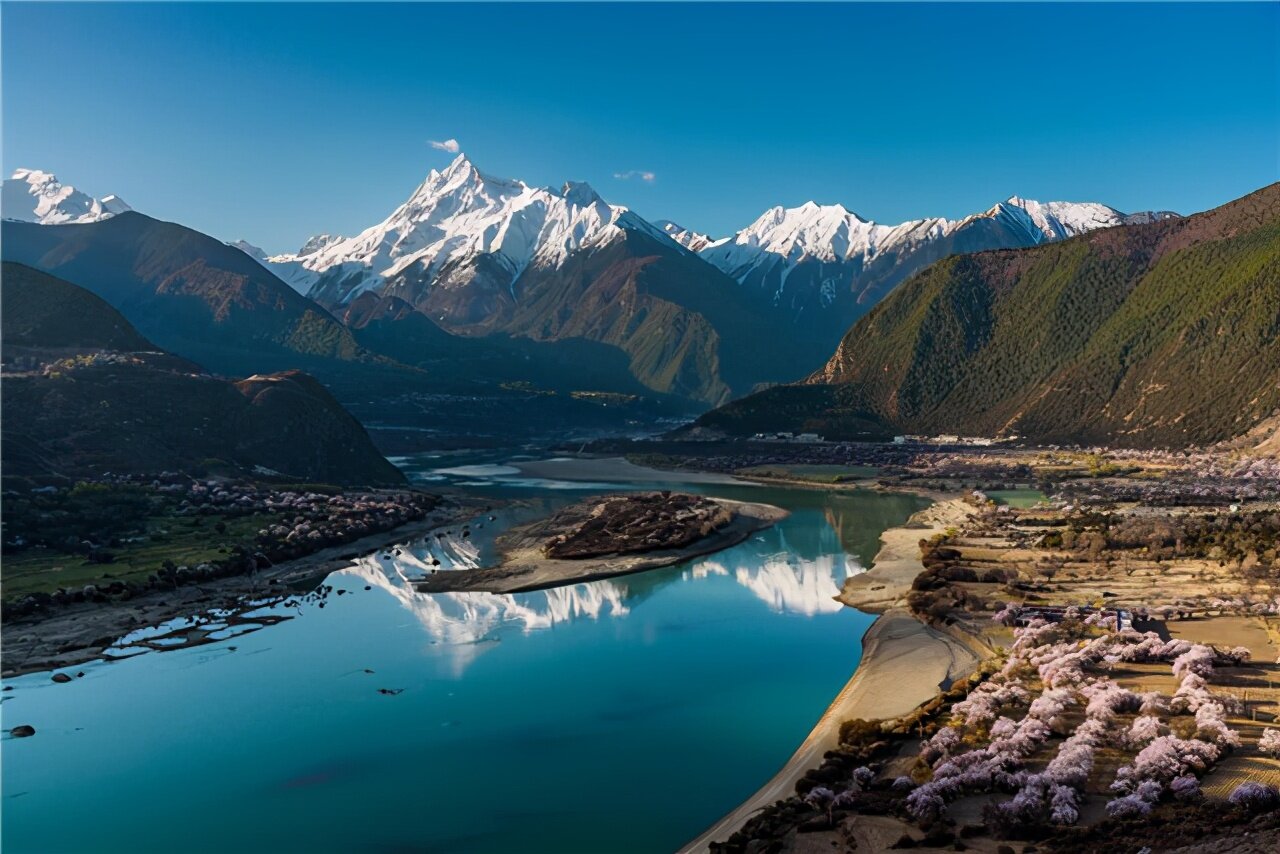
Long before China had thoughts on the development of the Yarlung Zangbo River, China proceeded from the overall situation of Sino-Indian friendship and humanitarianism, provided India with relevant river hydrological data throughout the year, and made a lot of preparations for emergency handling. It is no exaggeration. Said that China has made significant contributions to flood control and disaster reduction in the lower reaches of the Yarlung Zangbo River.
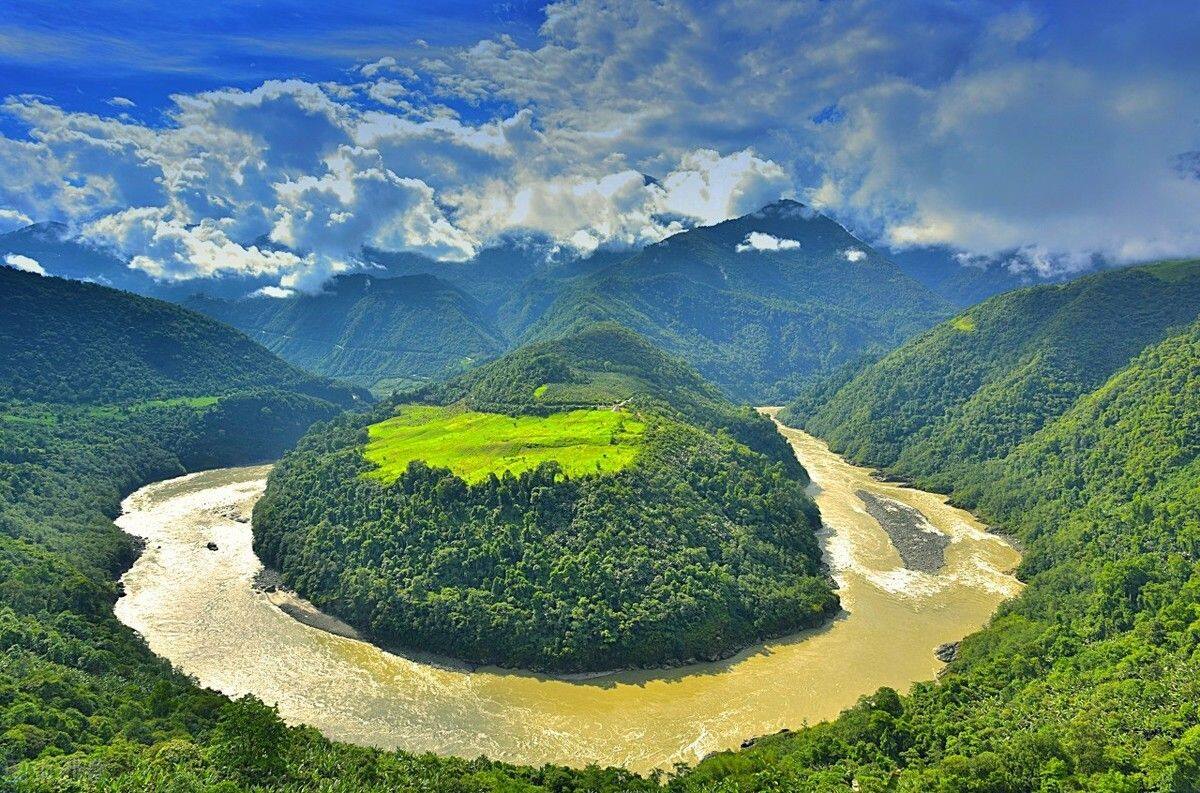
However, India has turned a deaf ear to China's previous help to India. They are used to looking at China with suspicion and taking pride in themselves. India is now openly opposed to China’s hydropower development on the Yarlung Zangbo River, but this project is at the stage of research and demonstration and has not yet reached the stage of consultation with relevant countries. India can’t wait to stand up at this time and explain? What is the intention of making some alarmist remarks? Editor/He Yuting
Comment
 Praise
Praise
 Collect
Collect
 Comment
Comment
 Search
Search


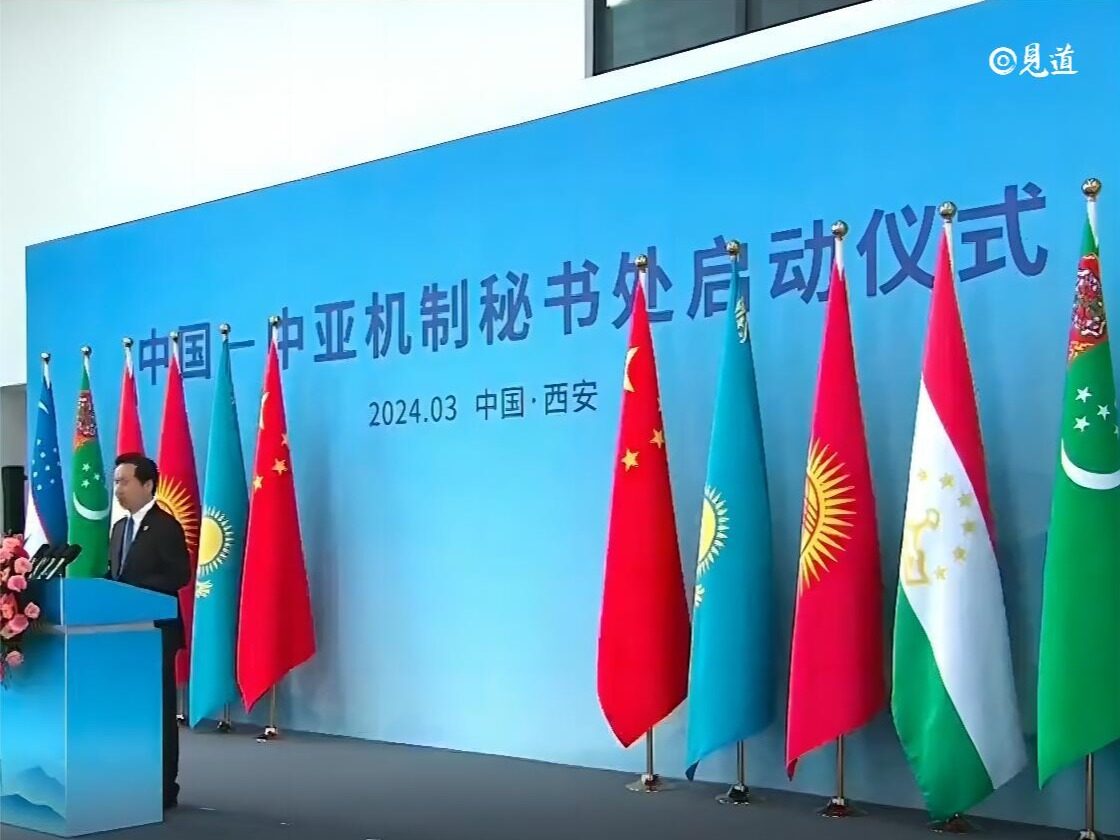
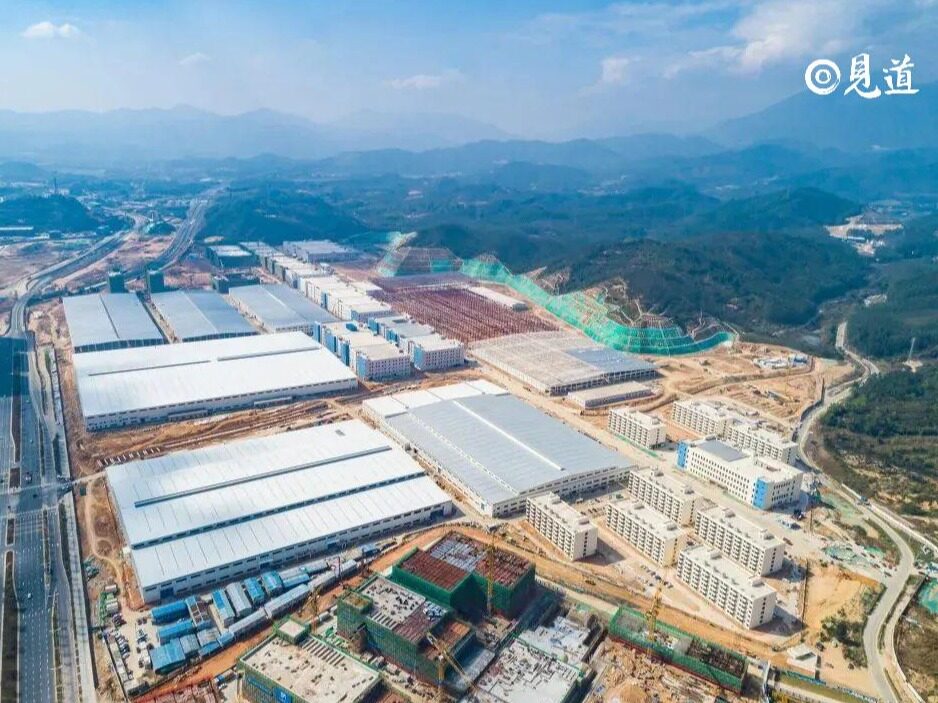
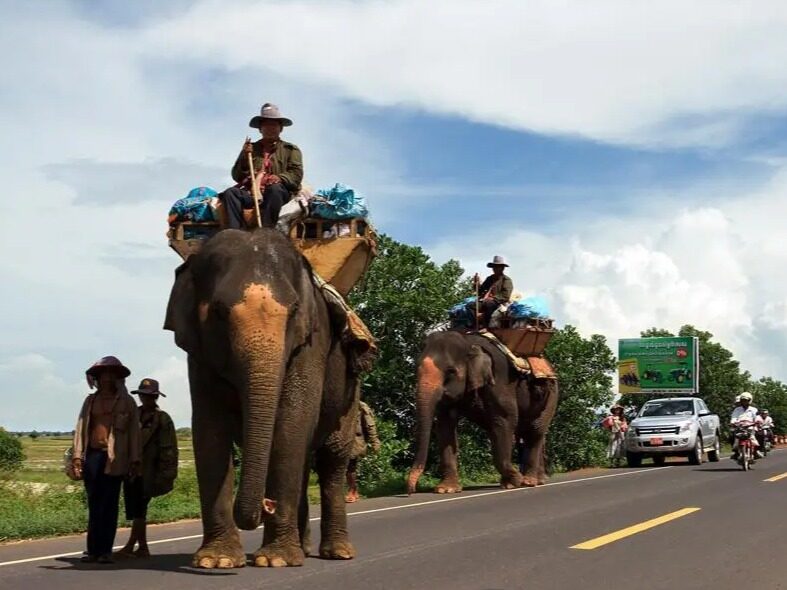
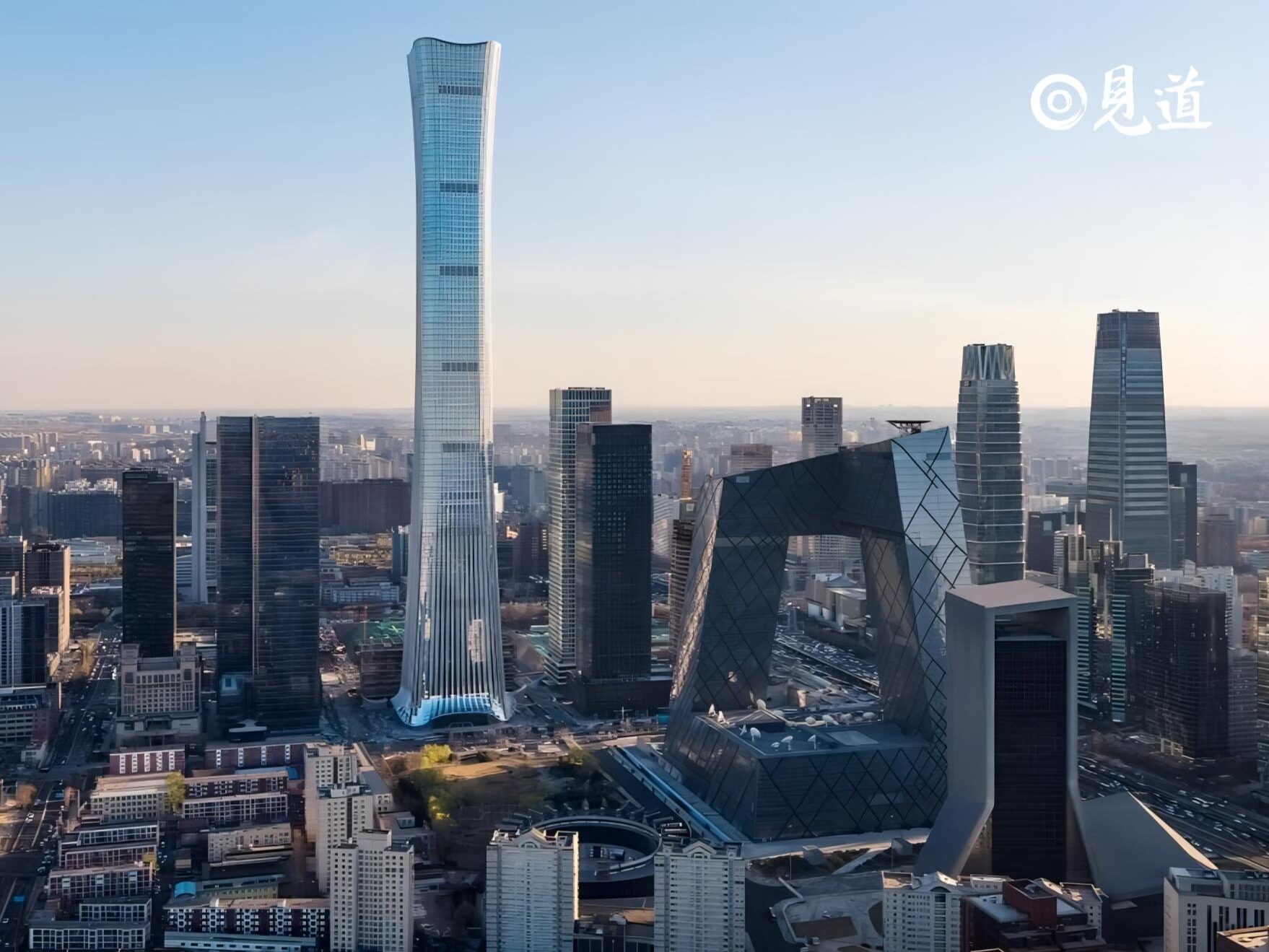








Write something~